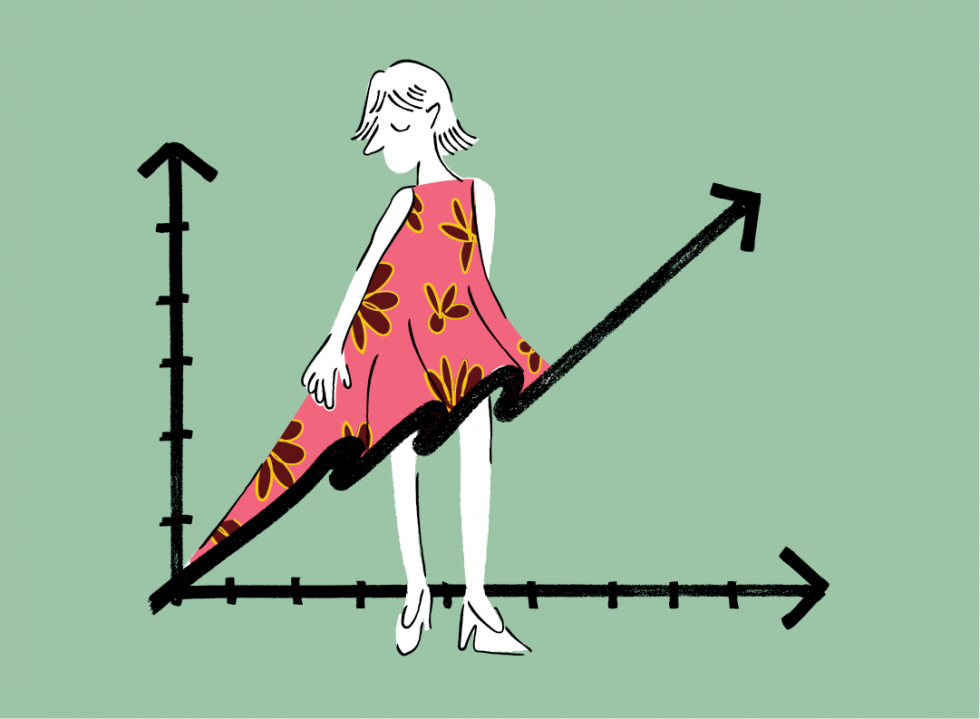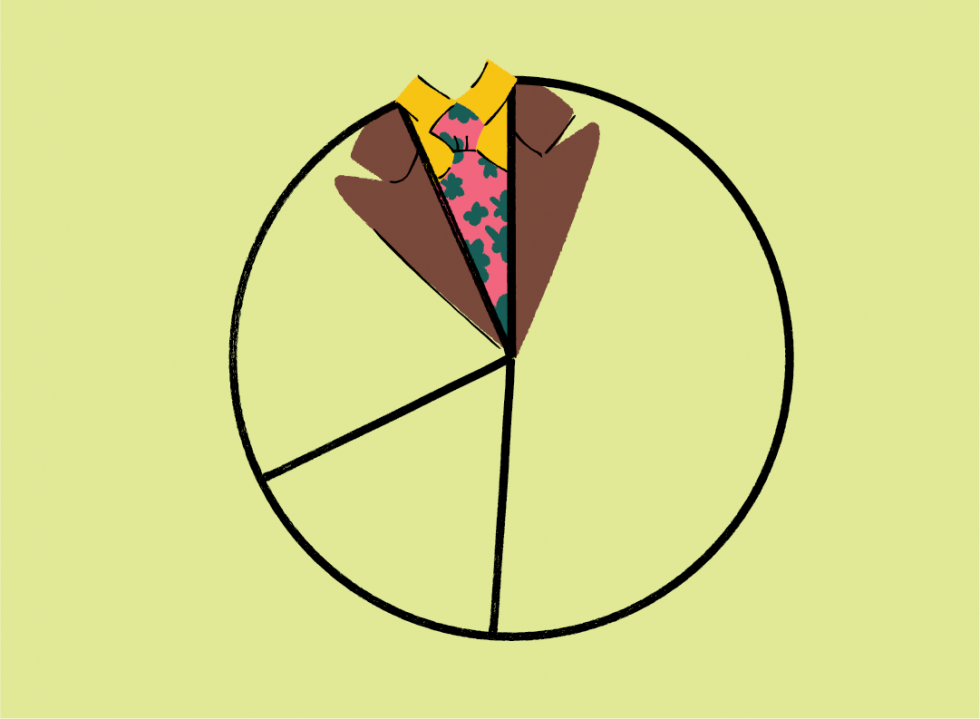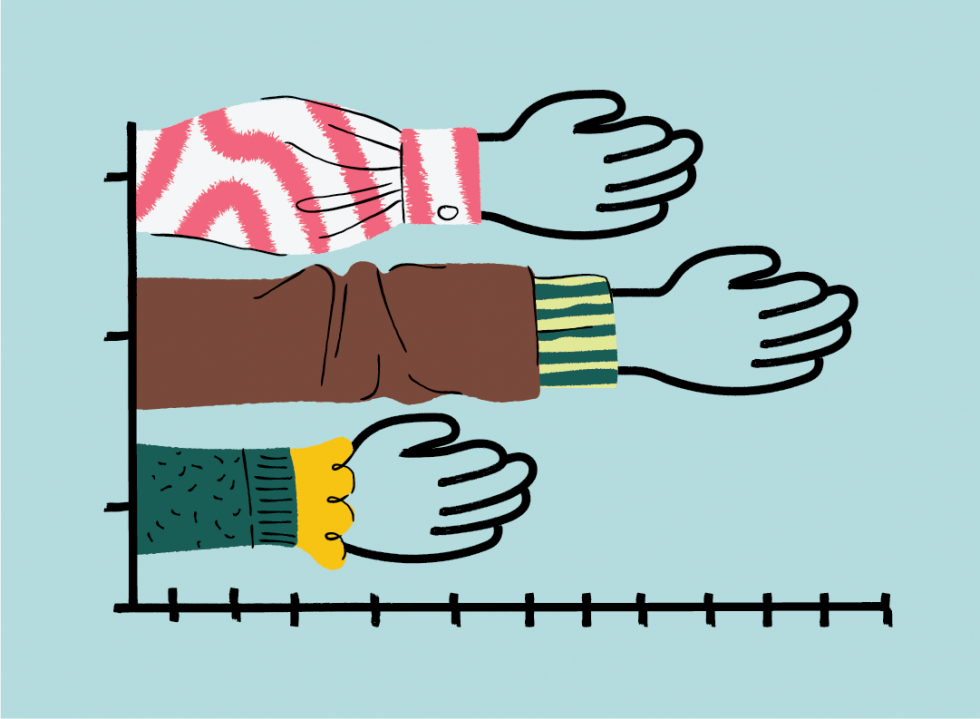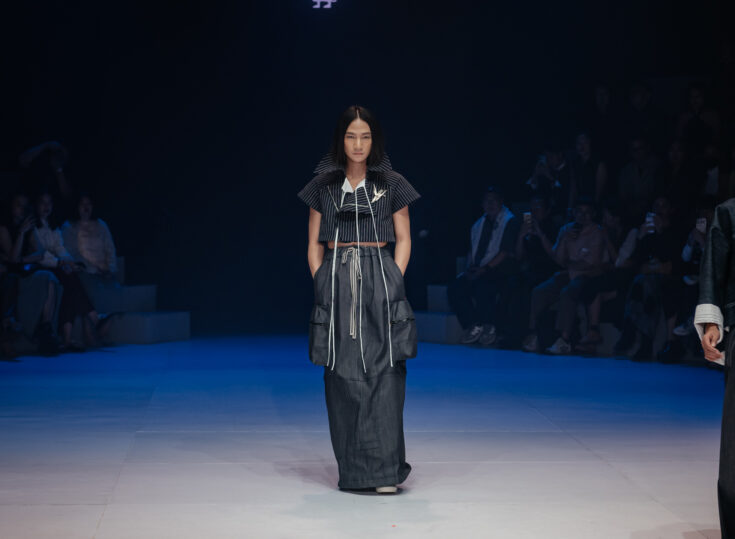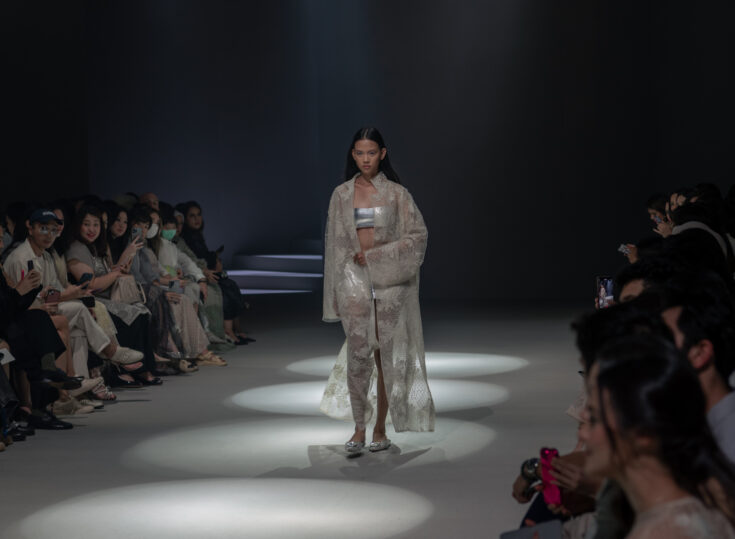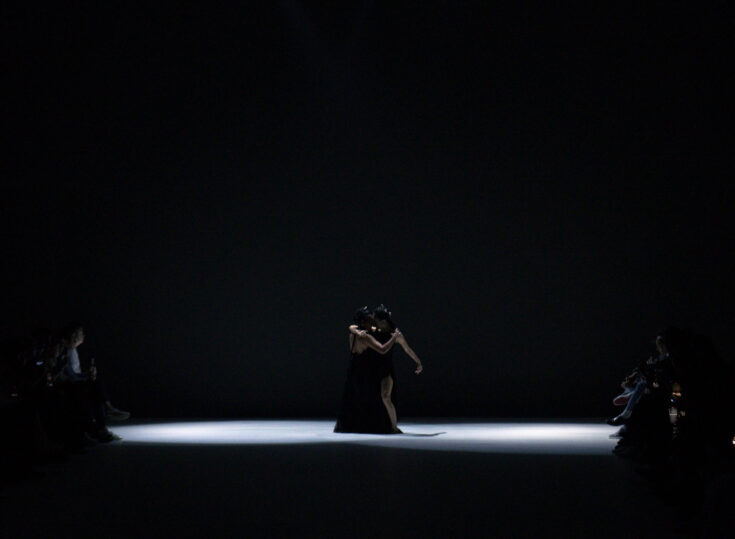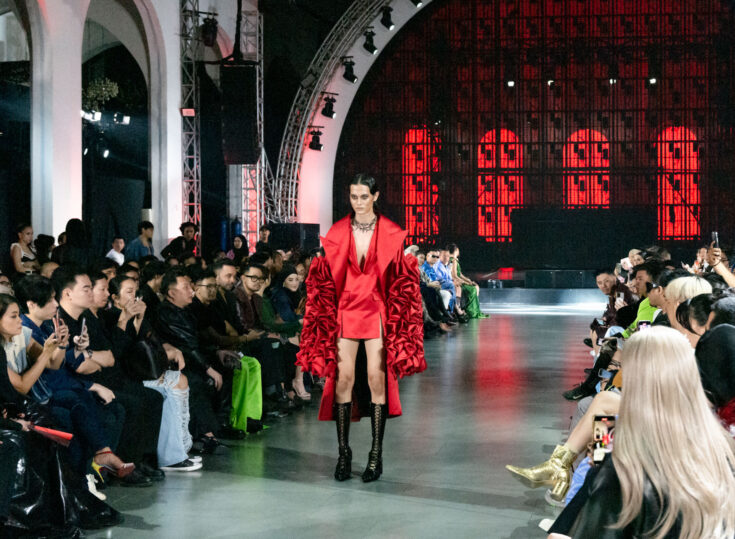In a three-part series, ‘Data in Fashion’ with Omnilytics highlights how data analytics support and transform the fashion industry. For the second article, we look into the differences between forecasting and fashion reports and how analytics complement them to validate data in fashion trends.
When Pantone announced ultraviolet as 2018’s colour of the year, there was much hype for the colour’s association with gender equality. Arriving at an opportune time, many, including the fashion industry, thought the colour would have taken flight.
But when Omnilytics, a fashion analytics platform from Singapore, ran an in-depth analysis to track the performance of colour spectrum across fast fashion brands, findings said otherwise. Red, or “valiant poppy”, came on top and while both colours achieved decent sell-outs during the year, there were over 3000 new products launched in valiant poppy compared to the 127 in ultraviolet.
With such unpredictability in the market, where should designers and retailers put their faith in? When it comes to tracking the right trends, traditional tools like trend books and magazine runway reports have been used as a source of inspiration for years, but how would they hold up in today’s dynamic and fast-paced fashion industry?
A timely move
Making up 40 percent of Southeast Asia online market with a rapidly growing internet penetration, the spotlight couldn’t shine brighter for Indonesia. This reckoning also applies to other Southeast Asia nations, whose online retail sector is poised to reach from $19 billion USD last year to $53 billion USD in four years.
To no surprise, fashion and cosmetics take centre stage as they are predicted to be key drivers of online retail growth in the future. Although slowly shaping as a hub of a burgeoning retail industry, Indonesia, along with its neighbouring countries, still lags about six months behind their Western counterparts when it comes to adopting global trends.
The silver lining: the six-month gap could act as a window of opportunity for local retailers to do research and identify trends. But how to use this time span wisely and effectively? Brands and designers could make do with the traditional trend predicting tools, but this also calls for other available tools that could be used to maximise these efforts.
Creating the big picture
Predicting future trends is all about seeing the big picture. Trend forecasting platforms like WGSN is a pioneer in this area; by bringing forth high-end technology and human insights altogether to track trends, the company has helped over 6,500 businesses worldwide. No stranger to Indonesian creative figures, the platform has also been used by fashion designers like Ria Miranda and Amanda I. Lestari of Lekat.
Walking on the same thread is Indonesia Trend Forecasting (ITF). Created in 2017 by BEKRAF (Creative Economy Agency), ITF is a team of collaborative research consisting experts, practitioners and academics in the creative industry, that studies phenomenon across cultures, nations and society groups.
Studying people’s behavioural changes and mindsets is one of the ways the multidisciplinary team is able to forecast future trends. This research is then translated into trend books; of the latest is named “Singularity 2019/2020”, consisting one “IMPULSE” book, which talks about the direction of trends, and five “DECODING” books, which interpret trends ranging from textile, product, interior, ready-to-wear and modest wear designs.
“Foremost, we want to bring Indonesian creative products and brands as trendsetters in the global market,” said Isti Dhaniswari, industrial designer and trend researcher at ITF. “Our trend books cater to a wide range of audience; from PhD students to craftsmen in some village in Central Java. There are big industries, as well as small ones. What connects our audience is their creative backgrounds, as these trend books are targeted for.”
Trend forecast portals like ITF uses a combination of quantitative and qualitative research with a focus on macro trends. Through desk study and literature review of global phenomenon, keywords that are predicted to have an impact are then tested using a crawling engine to identify trend drivers. From there, the team conceptualises themes in forms of stories, concepts, colours and materials, further visualised in the trend books.
Since launching in 2017, ITF has seen its fruition across industries, from businesses to education institutions; for one, the trend books have been used as a source material by the Textile Design Department at Bandung Institute of Technology (ITB). ITF also held a fashion show at the Muslim Fashion Festival last year, gathering eight bespoke fashion designers such as Mel Ahyar and Danjyo Hiyoji to present four fashion themes they have conceptualised in “Singularity 2019/2020”.
But with such a process, there’s still a broad story-telling at play with forecasting. As admitted by Isti, trend forecasters are “visionaries and futurists” and trend predictions weigh heavily on “the human ability to process” their findings, a limiting aspect of the platform.
Even with thorough research materials, conceptualising means using a highly intuitive approach to predict and interpret trends that typically only commercialise in the next two years or so, which has a high risk of not panning out at all in the end.
Off the runway
What about picking up trends straight off the runway? For a long time, that has always been the routine – at least for fellow fashion journalists and editors across publications when they have to create seasonal runway reports or yearly trends.
As Adonis Kentros, stylist at Christopher Kane, tells Business of Fashion, doing an editorial is “completely about your vision”. Where research is significant, there’s also guesswork and intuition at play.
This resonates with Yudith Kindangen, fashion editor at Harper’s Bazaar Indonesia. When creating seasonal runway reports for the magazine, Yudith would first observe collections from higher-end brands, then collect the data to create her own analysis and conclusions. She would also include point of view from VIP clienteles to make it more relevant for the readers. As for research materials, she goes for the usual suspects: Business of Fashion, Vogue and Harper’s Bazaar. She also regularly attends local and international fashion shows.
For a publication of such stature, having credibility becomes easier when it comes to guiding and influencing consumers about trends. But this also comes with its own challenges. For one, zeroing on specific trends could lead to uniformity, coming across as less explorative, as noted by Yudith.
There’s also the added risk of runway styles failing to translate into commercial pieces. But most importantly, one’s vision is detrimental to the making of trend reports in magazines; this means putting mostly intuition and professional opinion to use.
“When creating local trend reports, it is usually based on my ‘personal’ point of view drawn from my experience,” said Yudith. “Especially when journalists or editors like me have the chance to witness the creations first-hand. So, every trend report is based solely on my own opinion.”
Analytics: completing the big picture
With Omnilytics, tracking ongoing and upcoming trends is a science, transforming raw data into actionable insights for the fashion industry. It starts with raw data being scraped from over 400 fashion websites to be processed. Categorisation, such as keyword analysis, object detection and image recognition, is then applied to accurately distinguish style, material and colour.
Using the available system, brands and retailers that have started leveraging the power of data into their businesses can be informed with up to 95 percent data accuracy. Analytics can empower businesses towards more confident and faster decision-making, whether one would want to restock, repeat a bestseller or design a new collection.
Through the Omnilytics platform, important insights such as knowing which colour (like ultraviolet vs. valiant poppy) performs best would be readily available for users. With this information at hand, retailers can strategically stock the best-selling items of ultraviolet in small quantities, while confidently ordering valiant poppy.
Looking at the other two modes of trend forecasting, an analytics platform like Omnilytics would work well by validating the trends that have been forecasted. For one, the role of intuition is minimal with Omnilytics, as they collect, analyse and display data points directly sourced from retailers’ websites. But with the fashion analytics platform, the premise has always been to complement other trend-predicting tools and methods that retailers and designers are already using. Data can be utilised to validate each small step in the bigger trend picture that trend-forecasting provides.
“The way analytics complements trend forecasting methods that provides broad trend concepts, is by layering data with insights on current product performance,” said Amelia Teh, Head of Business Intelligence at Omnilytics.
What this framework does is limiting the influence of intuition and gut feel while leaning on data-backed trends to ensure accuracy. This allows more confident decisions to be made regarding steps that need to be taken for each respective business.
No longer a one-size-fits-all industry
Today, consumers around the world have more widespread access to the fashion industry than ever due to the growing power of social media. With that, demands have become faster and more in-tune with the real-time fashion market.
To put simply, consumers have flipped the control; trends are increasingly established by consumers as opposed to industry figures like retailers, forecasters and editors.
The rise of influencer marketing also marks this shift; according to Forbes, last year saw influencer marketing spend continued to rise, which shows no sign of slowing down this year. A report by eMarketer also stated that a study of 133 fashion and beauty brand executives worldwide found that only 12 percent were not using influencers, highlighting the rising importance of their role in both driving and prolonging trends.
With the industry and consumers becoming more complex and competitive at the same time, sticking to a one-size-fits-all platform is simply not enough anymore.
This calls for other innovative tools, like analytics, that can offer a holistic approach. If used together, analytics and forecast can be two sides of the same coin, driving faster and more accurate results, while grasping a better understanding of today’s consumers. If forecasts can be used to monitor trends, then analytics would do well to validate them.
Visit Omnilytics to know more about the use of data analytics and its services.
